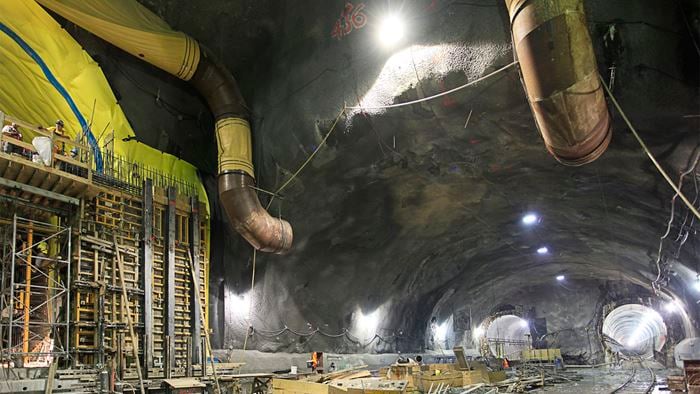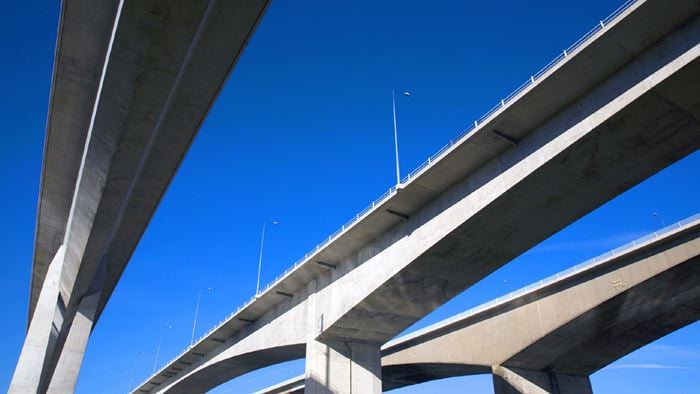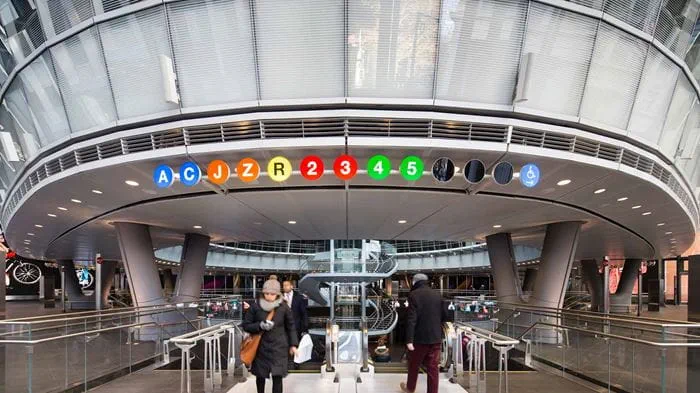Arup undertook a broad based optioneering study to identify routes for exporting significant coal volumes from a new coalfield on the South African/Botswanan border, where there are no high capacity rail links at present.
The client is part of a consortium which is examining routes to transport coal to a deep water port in the Southern Africa region.
Arup was asked to review all possible route options, and to provide an evaluation of the economic case, risk elements and the potential financial returns for institutional investors within an 8 week window.
14 possible high capacity routes were identified, some using existing rail links and ports and some involving completely new construction.
Scoring matrix
To evaluate the effectiveness of the routes, the team developed a scoring matrix. This built up a separate range of financial, technical and environmental tests and scored the various routes against this.
The region’s topography was a key challenge when reviewing the routes. Our GIS team in South Africa delivered key gradient profile visualisations for each route. They also scoped the civil engineering required to create suitable alignments which would be cheaper to operate through realising a continuous falling gradient to the port. The capabilities of each of the ports were evaluated and environmental constraints such as sand dunes, animal migratory routes and national parks were identified.
The client was delighted by our ability to deliver a pragmatic report focussed on their key objectives, delivering a financially viable proposition that could be discussed with investors. Arup also demonstrated that some of the original route options involved significantly more affordability and viability difficulties. We also commented on the potential deliverability of each of the short listed options, and highlighted steps that the consortium could take to secure a viable route option.
The study comprised identification of all ports suitable for handling 14 metre + Capesize bulk carriers for coal export. Once these had been identified, all viable routes (including those incorporating current rail routes and brand new routes) were scoped out. This produced a total of 14 route options. These routes were all created in GIS to identify viable routes which minimised gradients below set thresholds.
Each of these routes was scored against an option selection matrix, created to reflect all the factors (financial, economic, technical, social, political and environmental) which affected the attractiveness of the route. These factors were equalised in terms of strength of impact, and weighted to reflect client priorities.
Shortlist
Following this, four routes were shortlisted and subjected to a more intense scrutiny. The routes were all developed to demonstrate a viable route in engineering terms, and to scope the amount of civil engineering works that would be required. A financial model, simulating capital and operational costs and generating payback periods and NPV values, was created. The evaluation matrix was also strengthened and the routes rescored.
From this a firm project ranking was developed, highlighting the routes which performed best, and were deemed to be technically achievable within the desired project timescales.
The results were presented to the client at a major workshop, and following this a report was generated. The client used this to brief other consortium members on the new route options developed, and subsequently Arup made a further presentation to the wider consortium, at which the findings and overall route evaluation were discussed.
 ;
;





